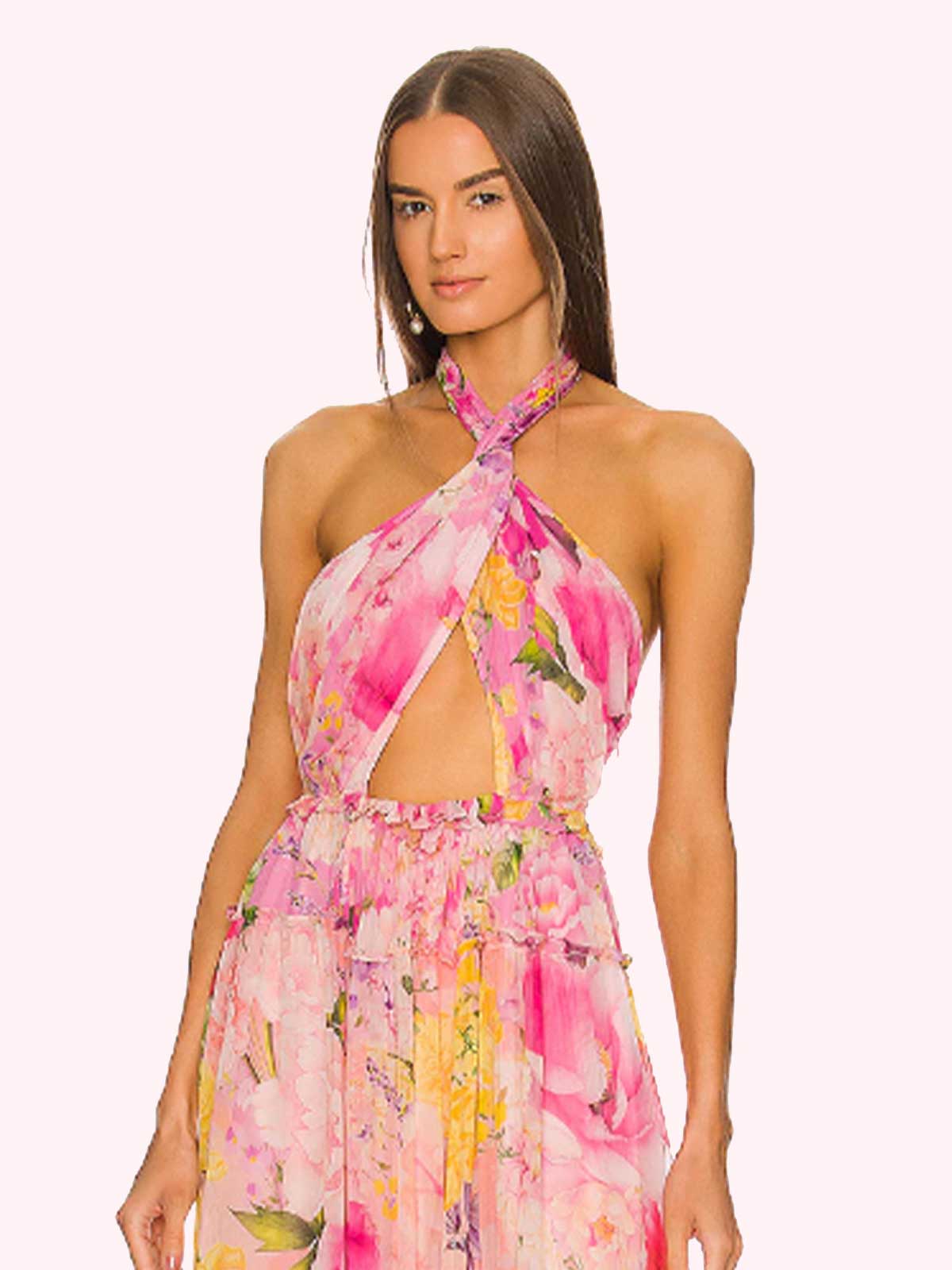The fashion industry is a major consumer and polluter of fresh water. On a planet where usable water is scarce, water management is of the utmost importance. Not all fashion brands are doing their part and implementing water reduction and management initiatives and sadly, the largest brands are doing the least to help reduce fashion’s water impacts. Who are the worst fashion brands for water use and management?
Fashion’s water impacts: The industry is a thirsty one
The fashion industry is a massive consumer and polluter of our fresh water. According to Common Objective, the industry is said to use around 93 billion cubic metres of water per year, enough to meet the needs of 5 million people. Worryingly, this amount is expected to double by 2030.
Water is used throughout the production process of any garment, starting with growing the plants or animals needed to make fabrics. Cotton, in particular, is a thirsty crop: a single cotton garment requires thousands of litres, as well as large quantities of pesticides and insecticides, which then wash into waterways and enter the ecosystems.
The fashion industry is said to use around 93 billion cubic metres of water per year, enough to meet the needs of 5 million people.
The manufacturing stage also contributes to the water footprint of fashion. Fabric dyeing and treatment are responsible for untreated wastewater being pumped back into our water systems, contaminating them with toxins and heavy metals. As highlighted in the groundbreaking documentary, RIVERBLUE, each year, textile companies not only consume water but also discharge millions of gallons of chemicals into our waterways, causing both environmental damage and diseases. Denim, in particular, is very water intensive: it’s heavily dependent on cotton fibres, and it requires water intensive dyeing and finishing processes.
Sadly, items keep polluting waters long after they’ve left the shelves. Polyester is one of the world’s most common fibres, and it uses the same material found in plastic bottles. And when we wash our polyester clothes, thousands of plastic microfibres are passed into the waterways. These microfibres end up in our oceans, where they threaten ecosystems and end up in our food chain.
Water is a scarce resource, and it’s become crucial for fashion brands to manage their water use and treatment of wastewater. But water management isn’t just about the quantity of water used. The real risk lies in the geographical location. Thirsty crops are often located in water-stressed basins, in which water is scarce, polluted or necessary for vulnerable local communities. Being water efficient is not enough and brands made sure their products aren’t made in water stressed areas.
How Good On You rates brands for water
Good On You analyses brands on three key areas of concern to consumers: the environment, labour, and animals. Water is one of the elements we consider when looking at how a brand impacts the environment.
As mentioned earlier, when managing water use within the supply chain, it is important not just to consider how much water is used, but also where the water is being used. “Unlike climate change, where one tonne of CO2 has a similar impact wherever it is released in the world, the value of one megalitre varies”, says Kristian Hardiman, Good On You’s Head of Ratings. Water impact is a complex issue that needs to be considered at the local level.
Unlike climate change, where one tonne of CO2 has a similar impact wherever it is released in the world, the value of one megalitre varies.
Kristian Hardiman – Good On You’s Head of Ratings
The Good On You approach for large brands is to firstly map their traced suppliers to determine whether they are operating in water-stressed basins. Based on this, we’ll look at whether the brand engages with local stakeholders in that basin to assure strong water management, sets targets and goals. Often the actions with suppliers will involve implementing water reduction initiatives and wastewater treatment and discharge.
Because smaller brands have less influence, we focus less on the stakeholder engagement, and more on whether brands have water reduction and waste water treatment initiatives in place. Often small brands meet this by sourcing certified materials which ensure lower consumption of water
Certifications like Cradle to Cradle Platinum and Gold, Bluesign, GOTS, STeP by Oeko-Tex, and Global Recycled Standard (GRS) will often provide evidence that a brand is working towards reducing its water footprint. And if a brand discloses to CDP Water, we will incorporate the score into the rating.
The sad truth: most brands do very little for water
Over the years, we’ve analysed thousands of brands, and sadly, very few of them have implemented water reduction and wastewater management initiatives. This is, in part, because many brands are still unaware of how to manage water properly.
57% of large brands we have rated since 2021 get our two lowest scores for water management and reduction initiatives.
Another issue we’ve faced is brands’ lack of transparency regarding their environmental policies in general, which means we don’t know exactly how these brands are impacting our waterways. Cider, Dolls Kill, ThirdLove, and Skims are examples of such brands.
54% of large brands we have rated since 2021 get 0 points in our methodology for their water management and reduction initiatives.
But what about the other brands? The ones that do share some information about their environmental impact? We analysed all the brands in our database to find the worst water use offenders: the ones that don’t disclose any information about water, that receive a poor score from CDP Water, do not track and measure their water impact and use, set water targets or goals, or measure their wastewater produced.
















